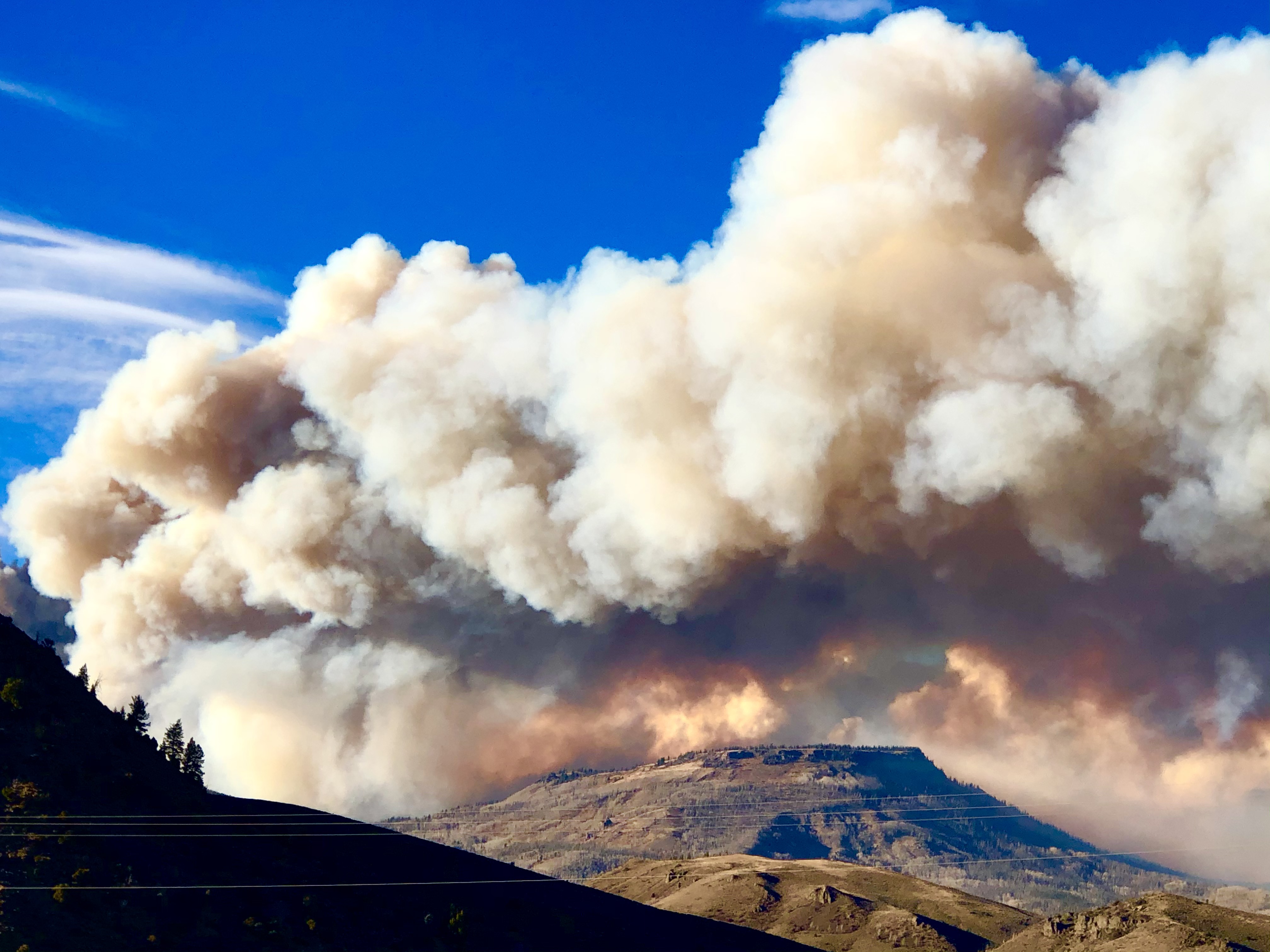A strong low-pressure system brought blizzard conditions, heavy snow and freezing rain to parts of the Canadian Prairies on November 7 and 8, 2020, shutting down roads in Saskatchewan and Alberta and setting new all-time November snow records. While heavy snow fell in western parts of Saskatchewan, its eastern regions experienced freezing rain. Several more cm of snow is expected through the end of the week.
The town of Kindersley in Saskatchewan recorded 47.6 cm (18.7 inches) of snow on Saturday and Sunday, November 7 and 8, setting a new 48-hour snowfall record.
Kindersley recorded 11.6 cm (4.5 inches) on Saturday; and 35.8 cm (14 inches) on Sunday, breaking the previous 24-hour snowfall record of 21.3 cm (8.3 inches) set on March 17, 1974.
"To put the weekend's snowfall in perspective, the nearly 48 cm that recently accumulated is more than Kindersley saw in November, December, January and February 2019," Brittany Warner of West Central Online reports.
"Those four months totaled 43.8 cm (17.2 inches) combined, approximately 4 cm (1.5 inches) less than what fell this weekend."
Bigger and Leader have also broken November 2019 snow totals with 21.1 cm (8.3 inches) in Bigger in 48 hours -- which is 6 cm (2.3 inches) more than the entire November 2019 -- and 23.1 cm (9 inches) in Leader. In November 2019, Leader recorded a total of 12.8 cm (5 inches).

Image credit: NOAA/GOES-East. Acquired: 18:30 UTC on November 8, 2020
Between 15 and 20 cm (5.9 - 7.8 inches) was recorded in the city of Regina, and nearly 30 cm (11.8 inches) in Saskatoon. Saskatoon's current 24-hour snow record is 36 cm (14.1 inches) set on January 7, 2007.
Pamela Goulden-McLeod - Saskatoon director of emergency management
Prince Albert recorded 37 cm (14.5 inches) of snow, Codette 33 cm (12.9 inches) and Limerick 31 cm (12 inches).
Rosetown reported 16.8 cm (6.6 inches) over the weekend, just a bit more than it recorded during the entire November 2019.
Winter storm and blizzard warnings have all been dropped by Monday, but travel is still not recommended, the Weather Network reports.
Bitter wind chills will span much of the Prairies on Monday afternoon in the wake of the departing system.
"So a good reminder that if you are traveling today with those bitter wind chills, make sure you have an emergency kit with you because some roads could still be closed or very treacherous," says Weather Network meteorologist Jaclyn Whittal.
On January 14, 2020, Kindersley broke its daily all-time coldest temperature record with -37 °C (-34.6 °F). The previous record was -34 °C (-29.2 °F) set in 2005. Interestingly, the town's warmest January 14 was set in 2008 with +5.7 °C (42.2 °F).





You need to be a member of Earth Changes and the Pole Shift to add comments!
Join Earth Changes and the Pole Shift